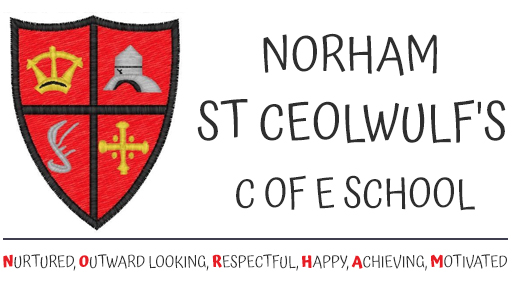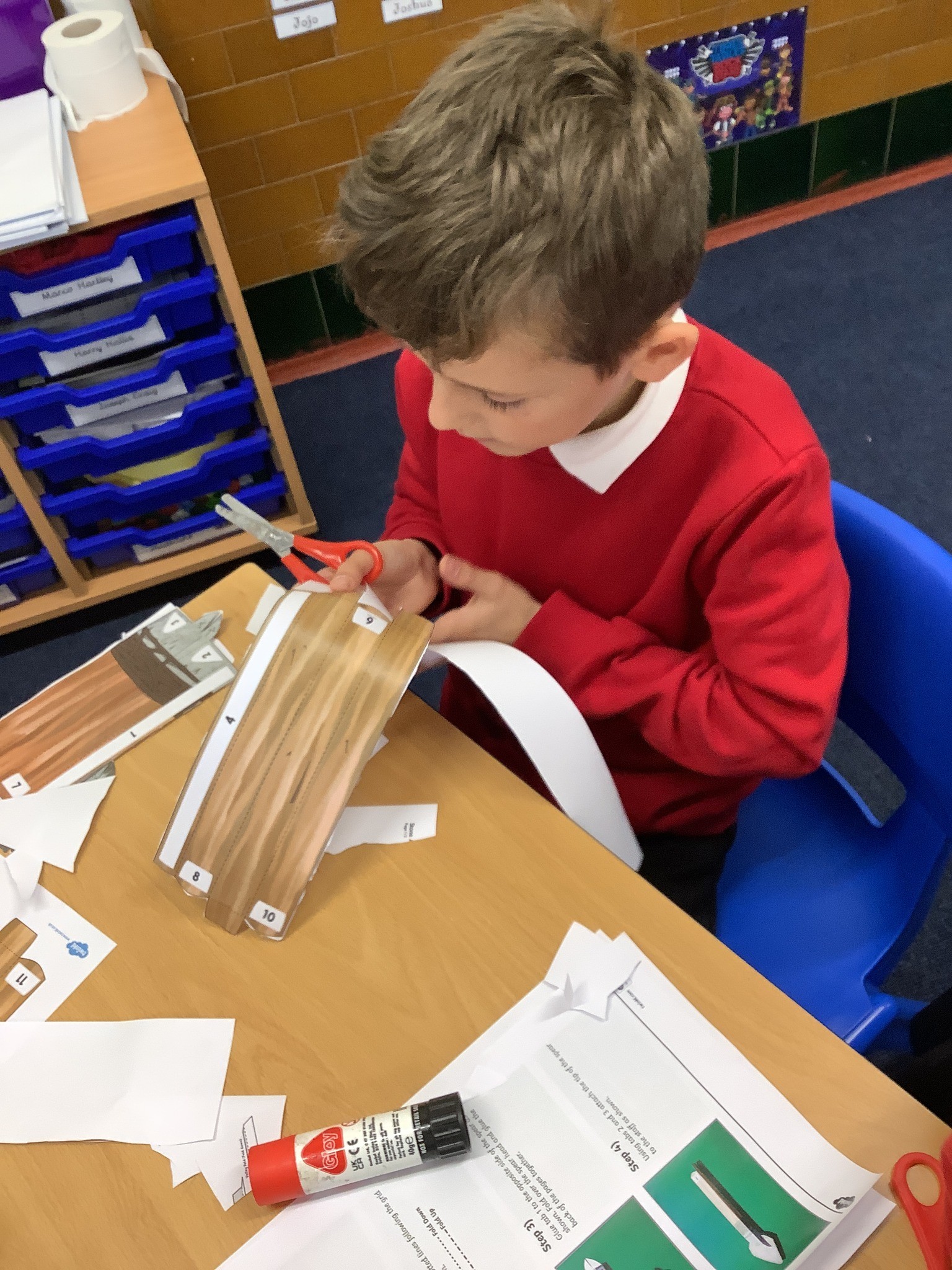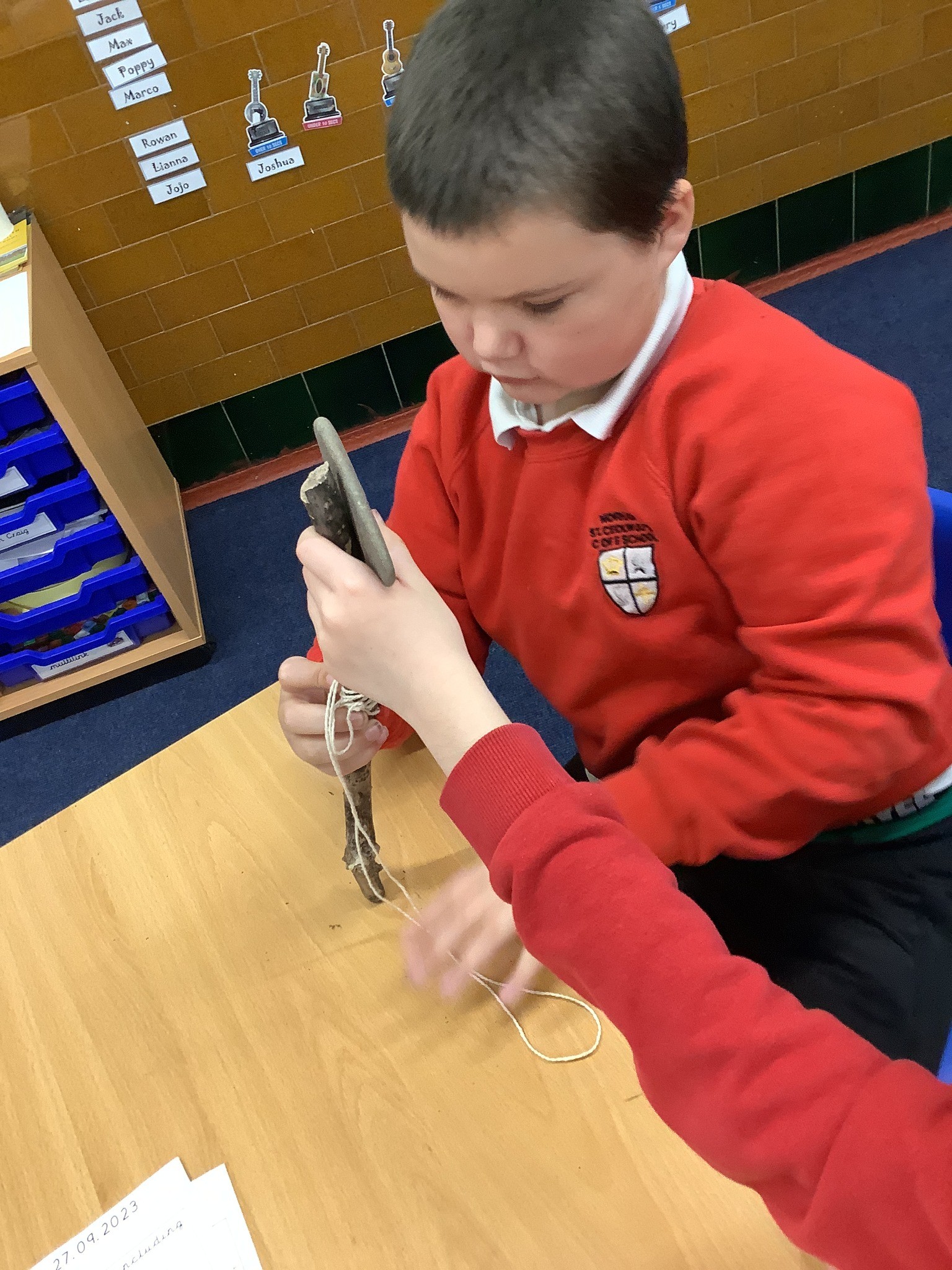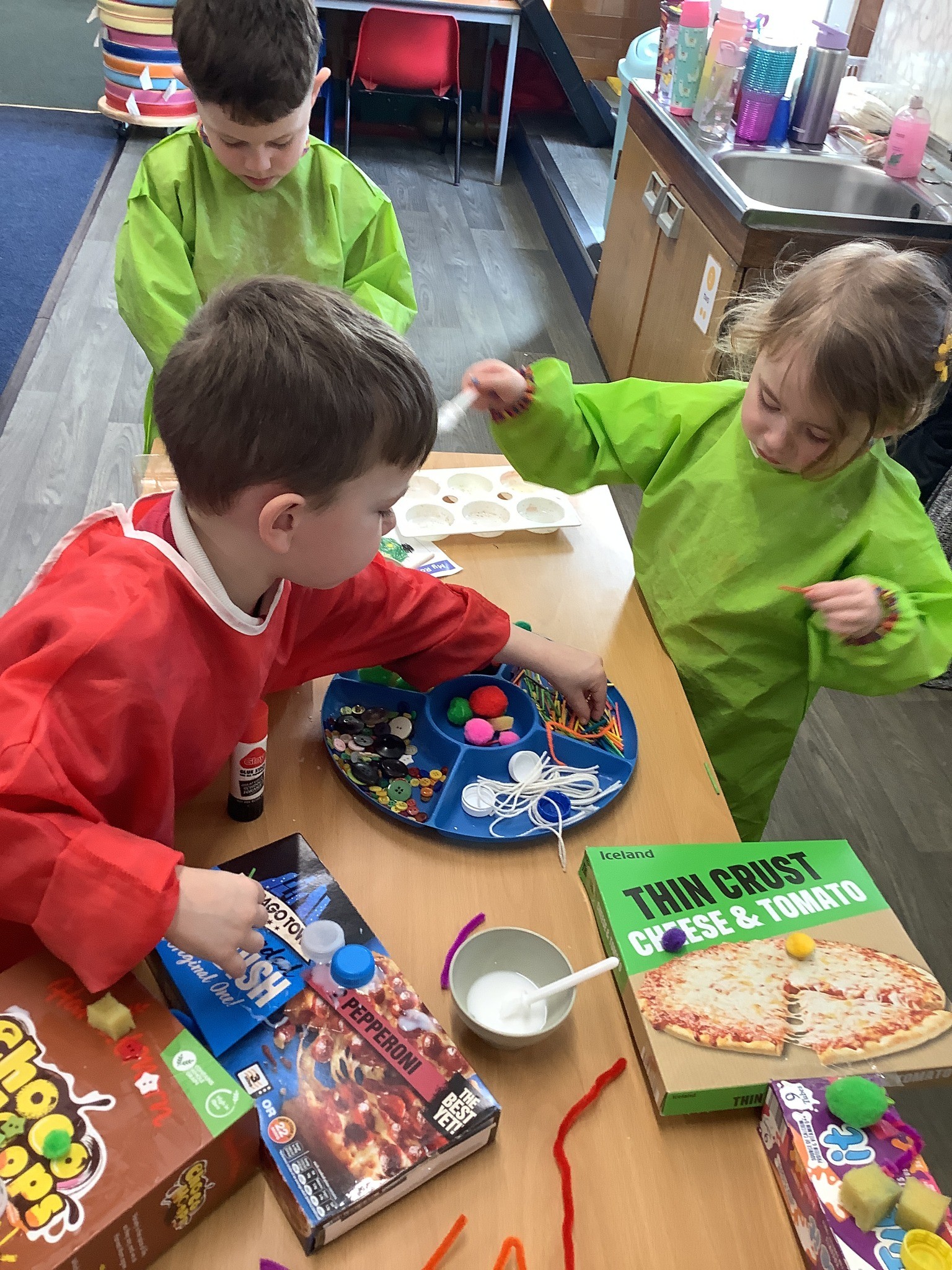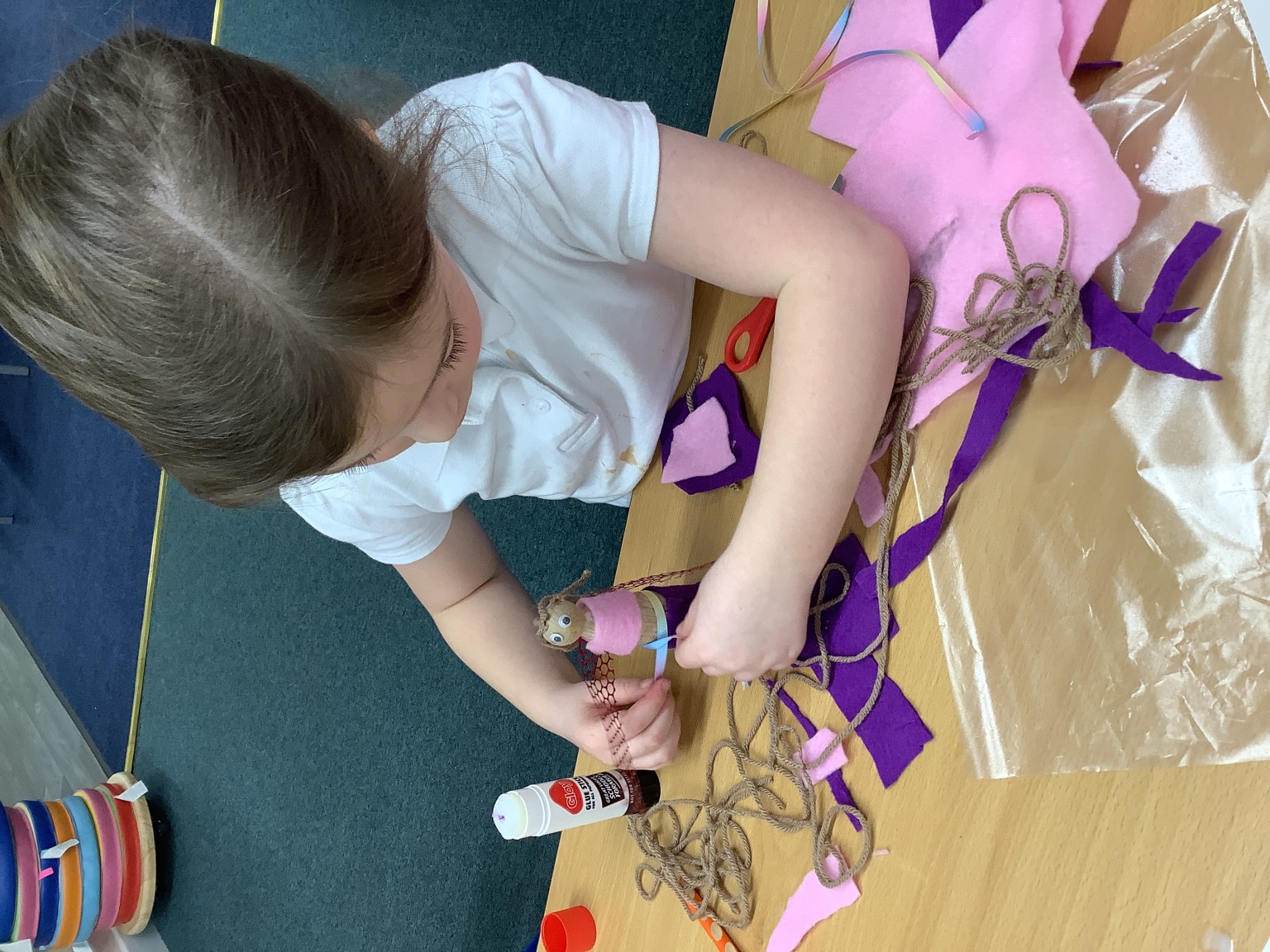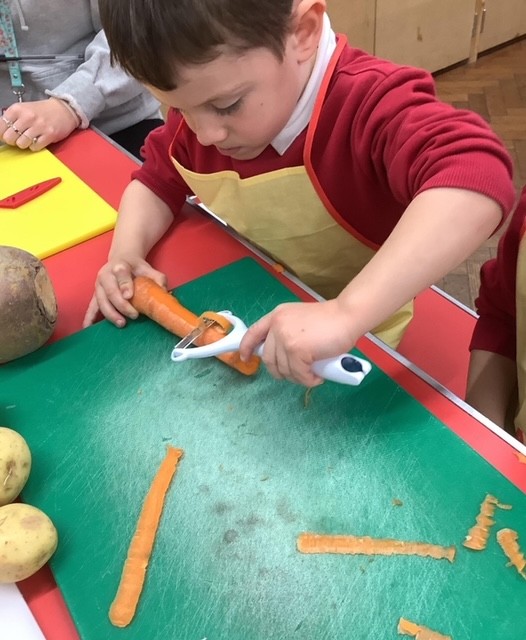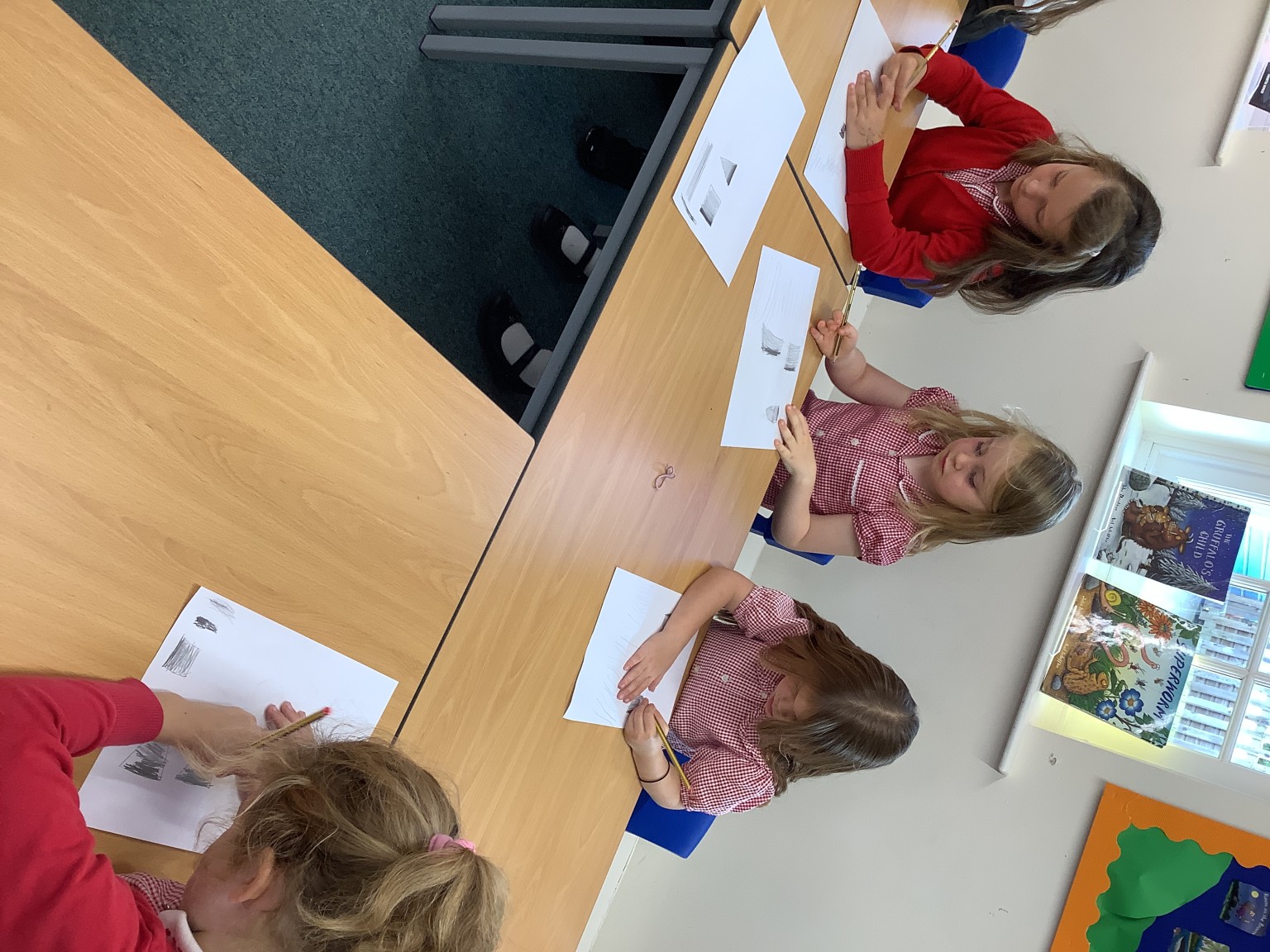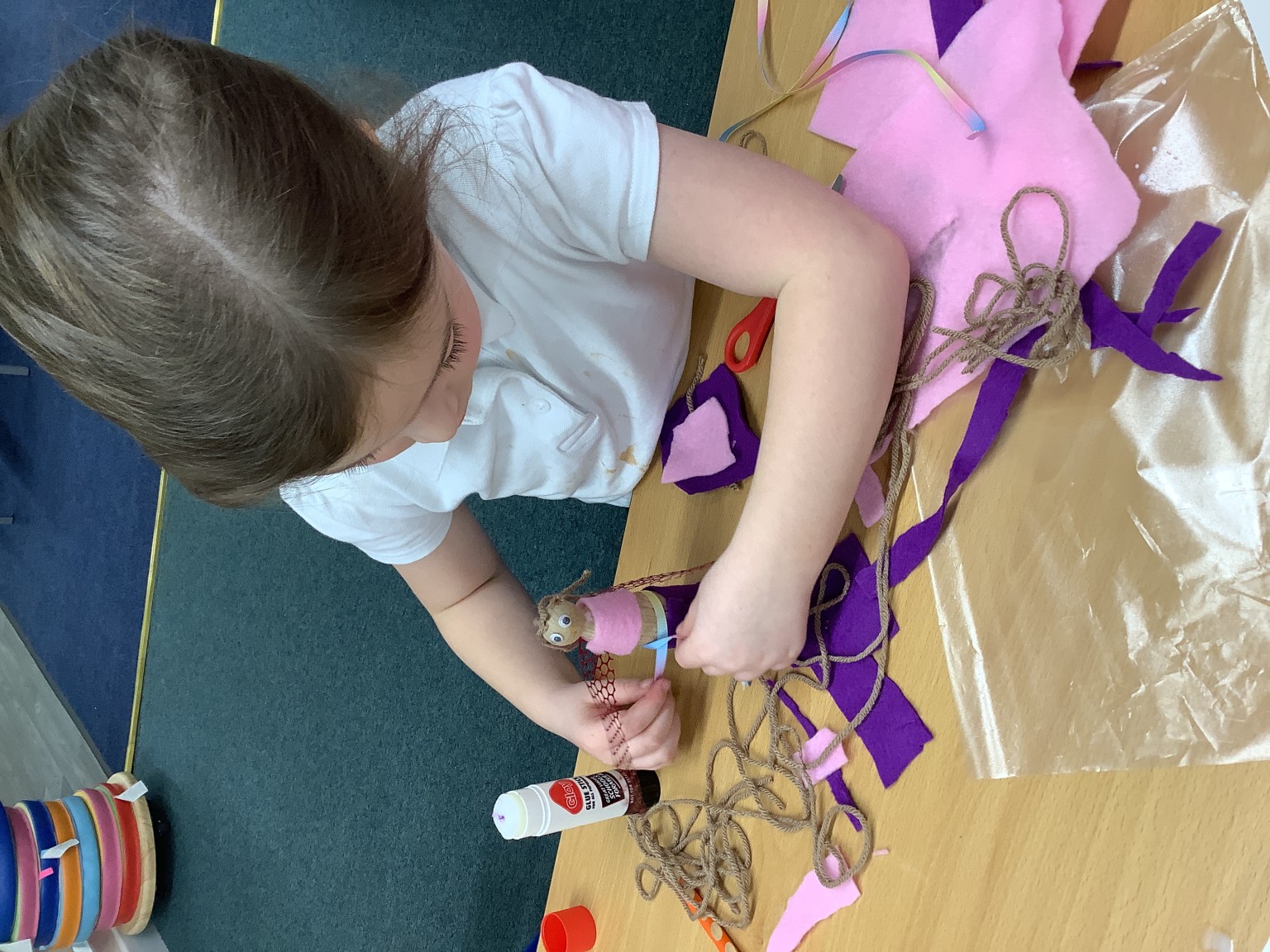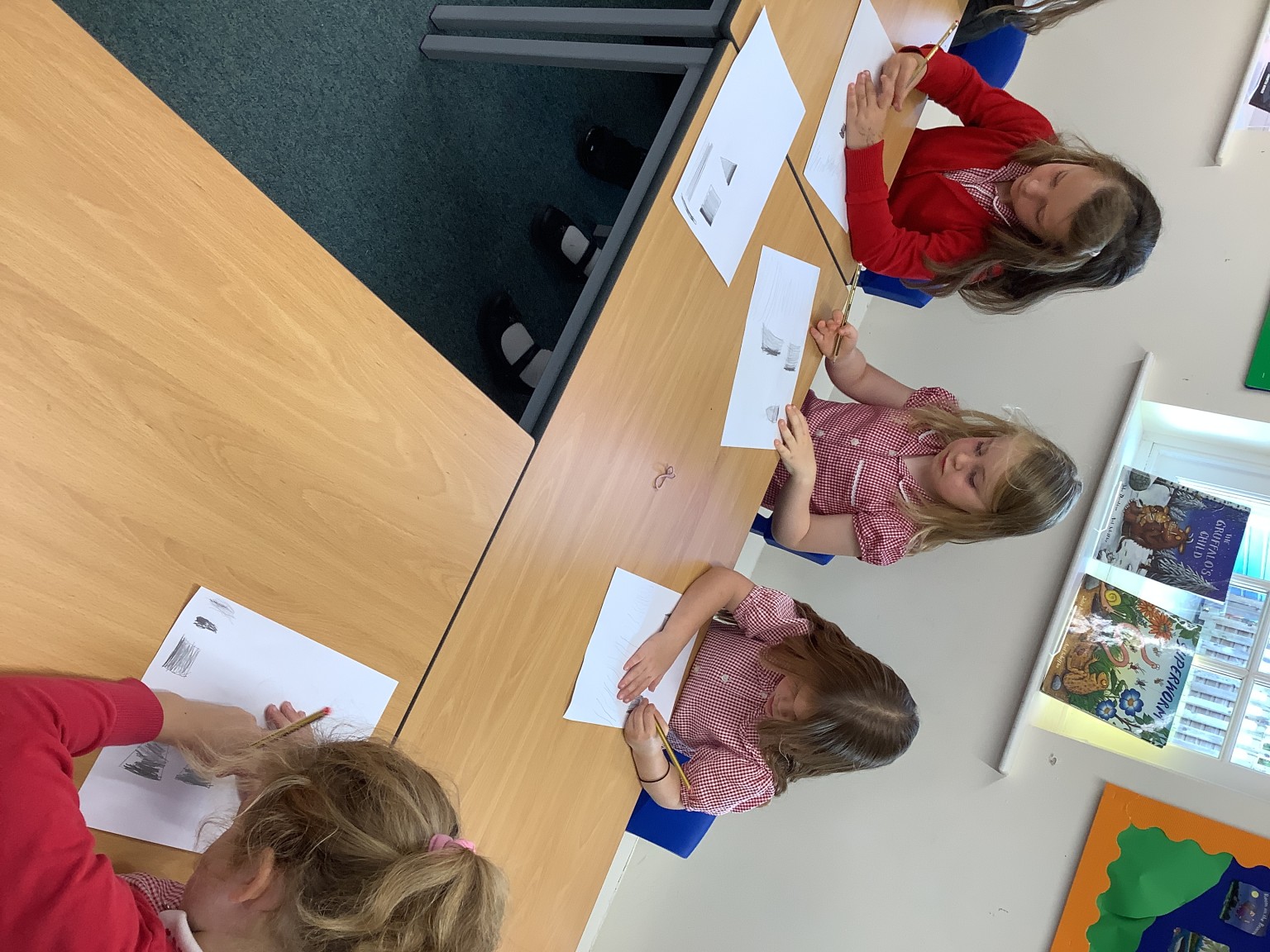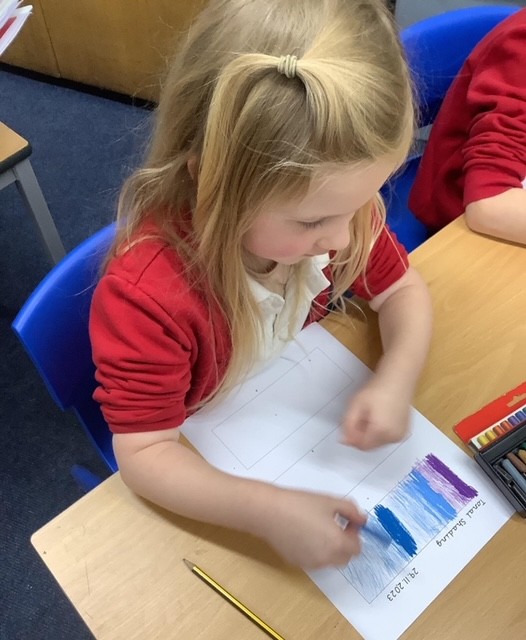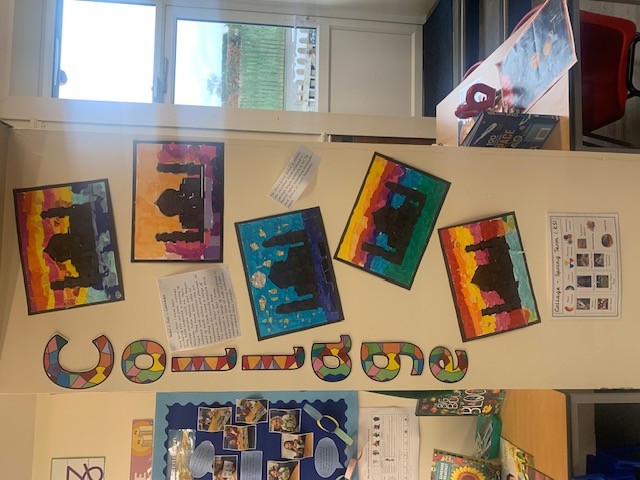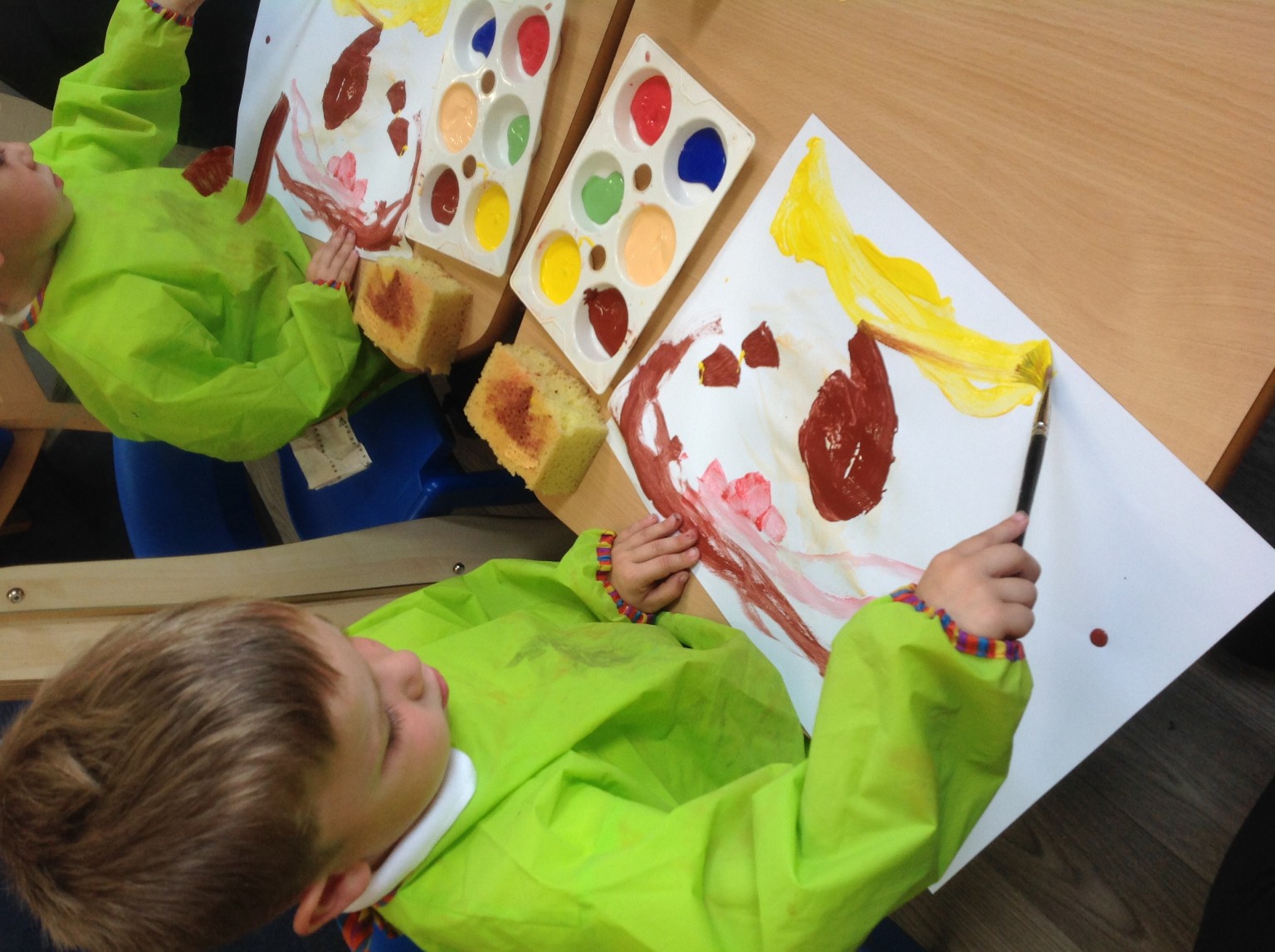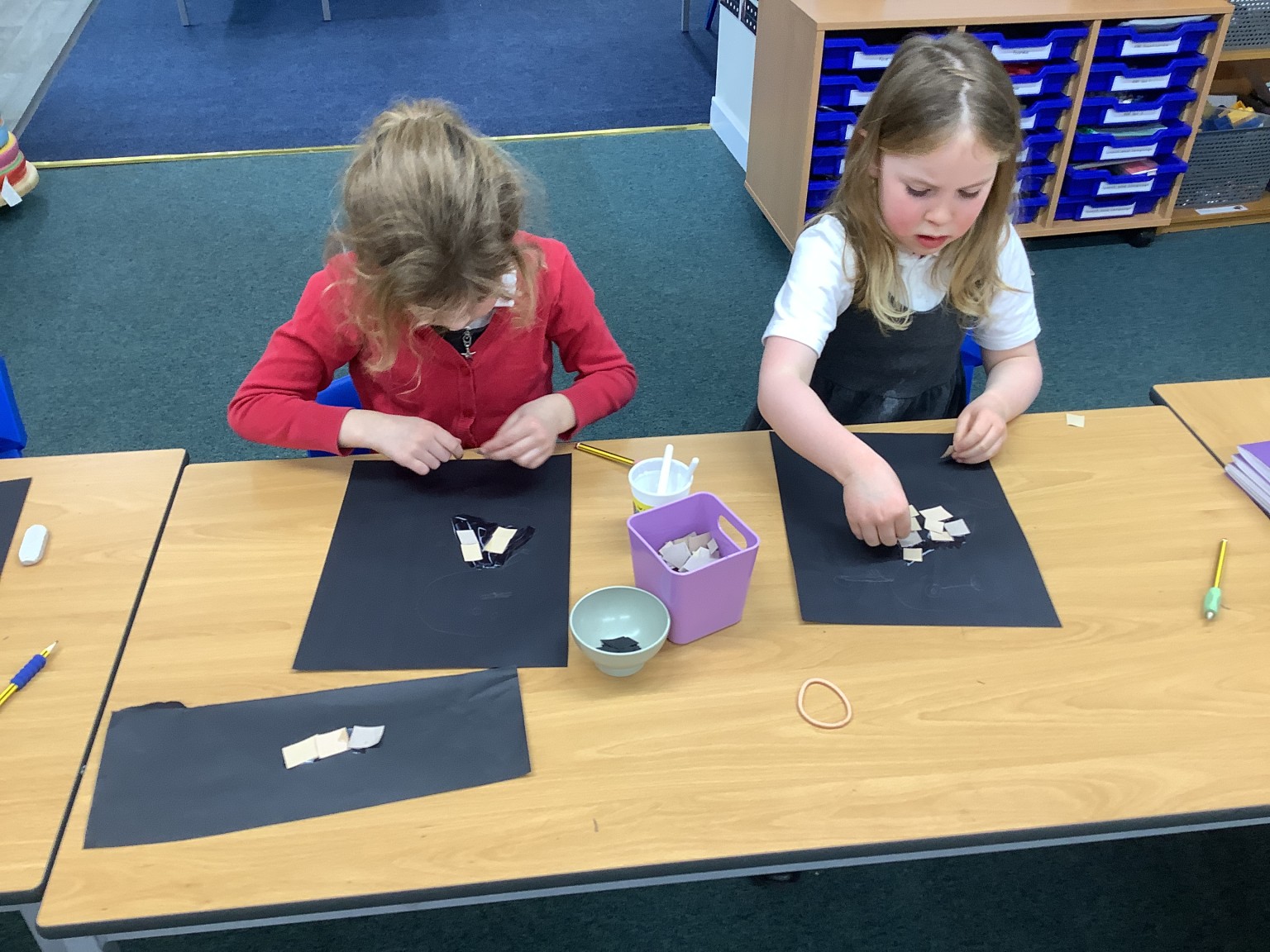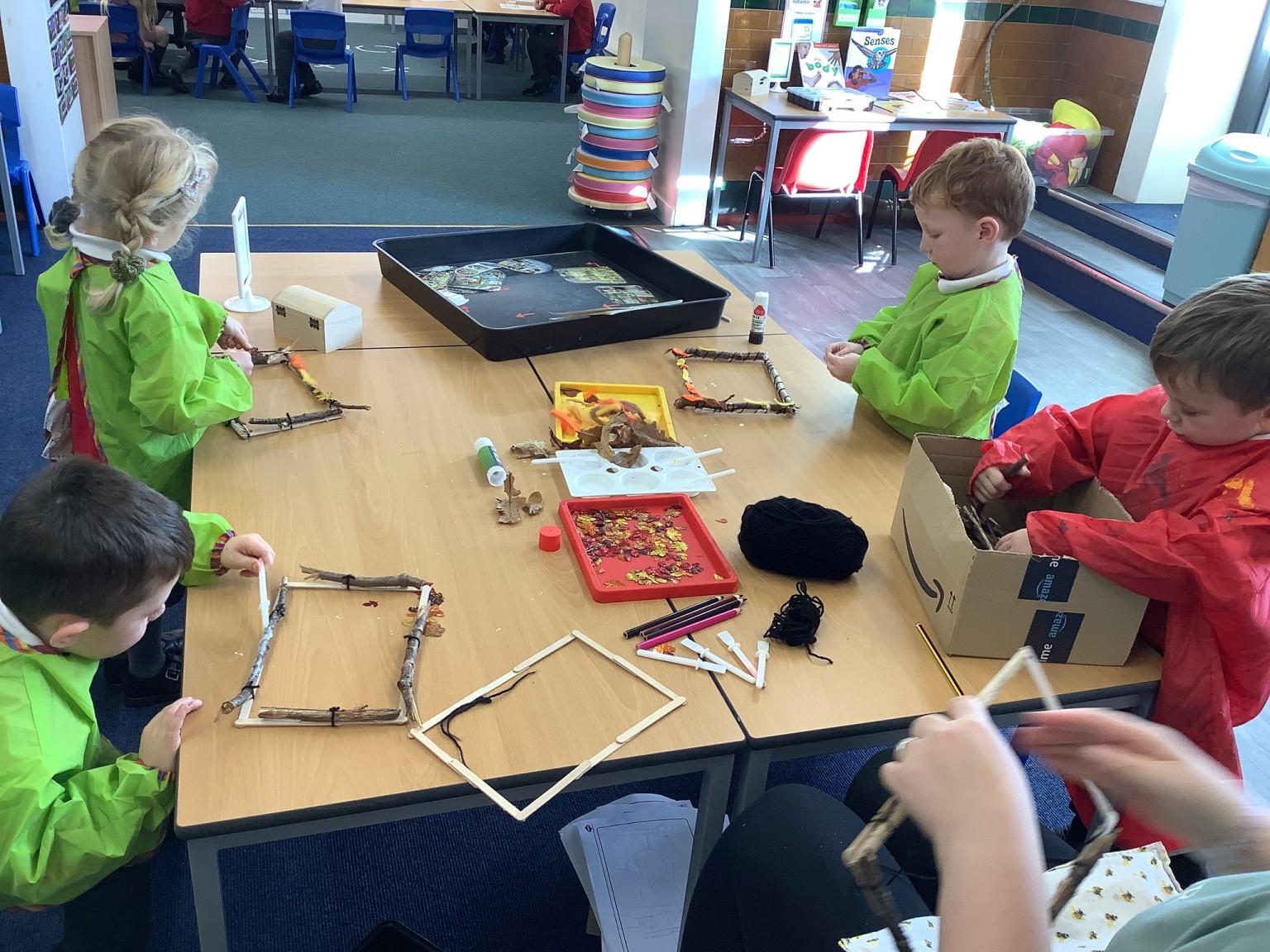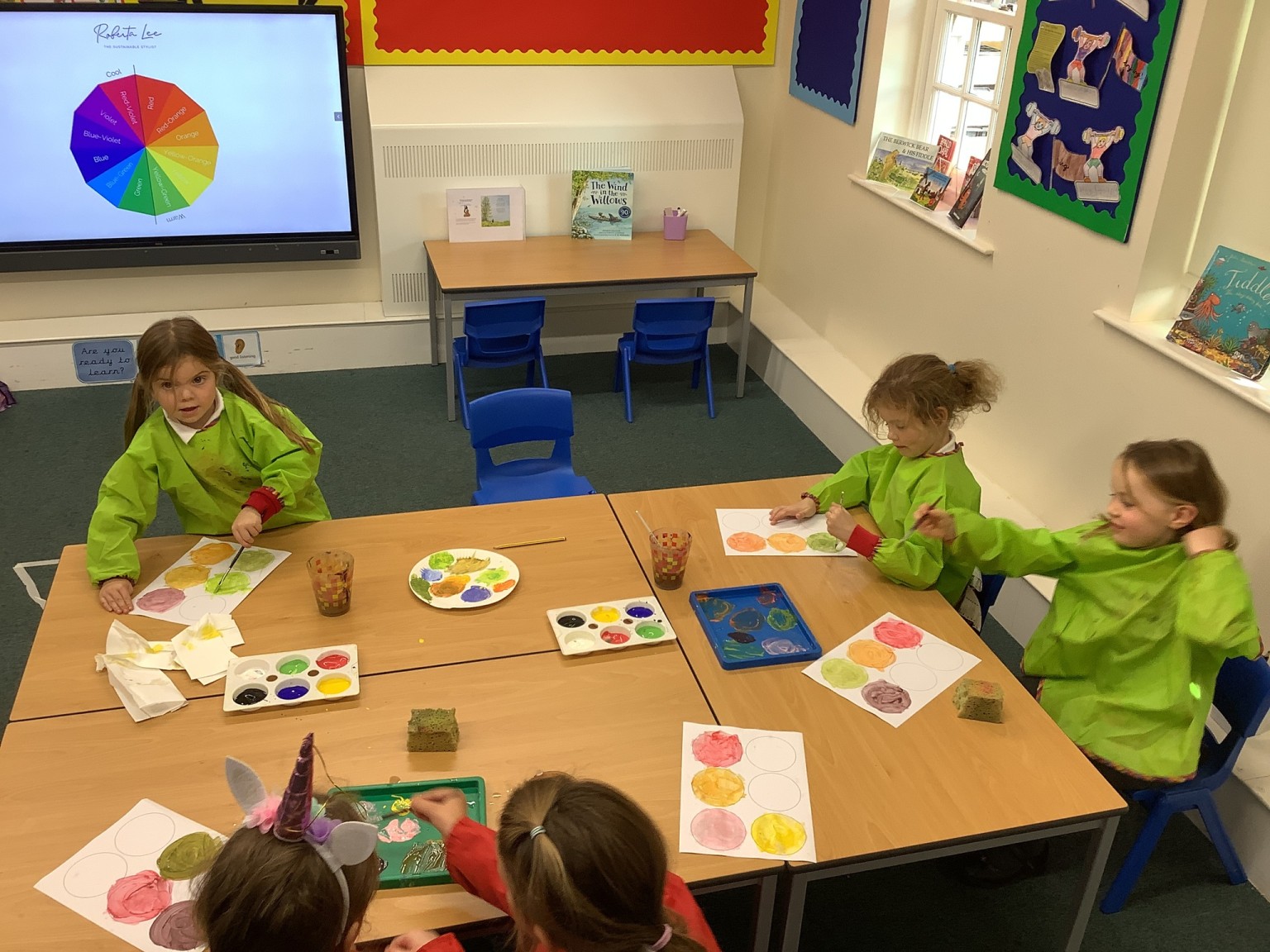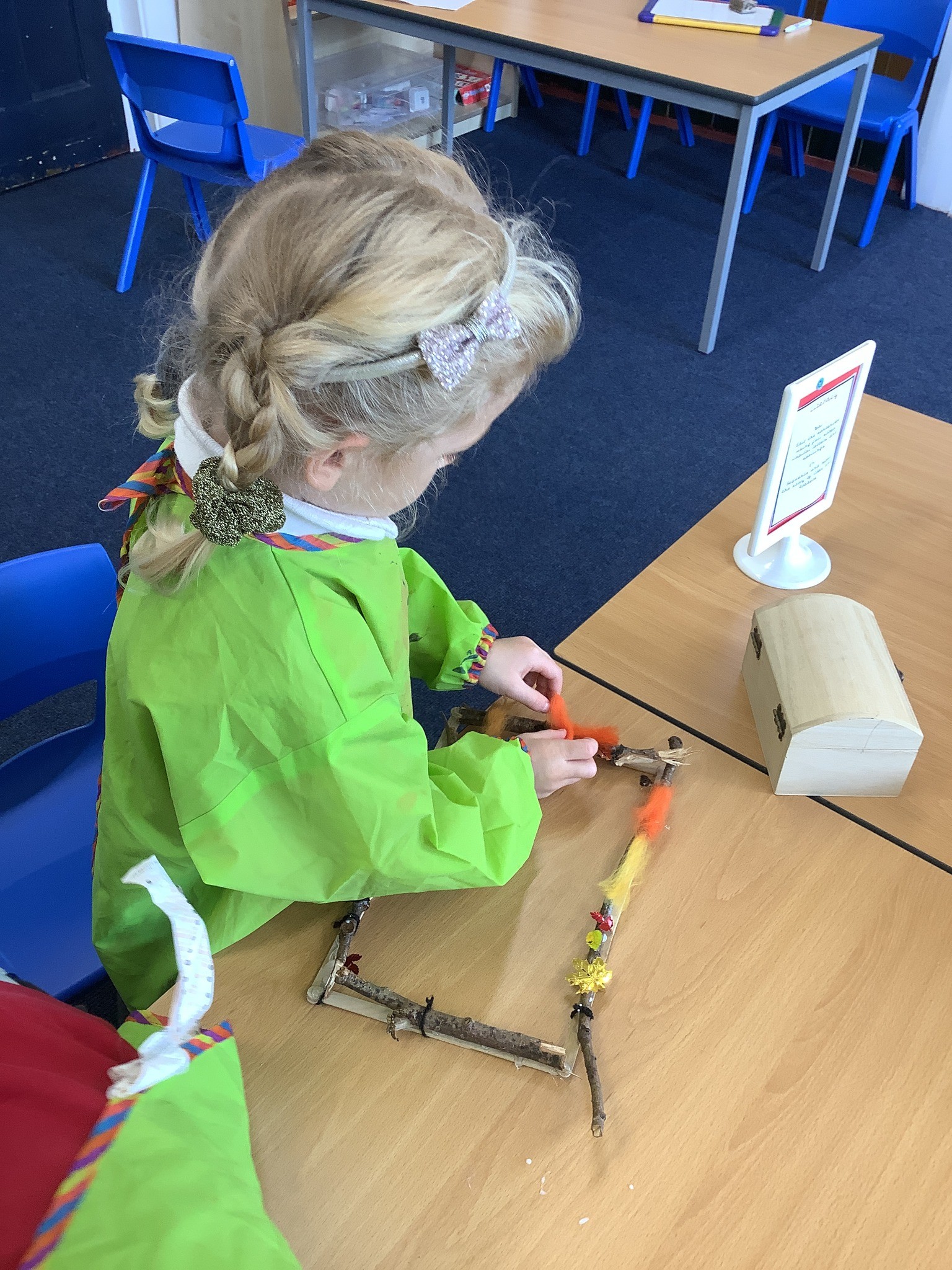‘The metalworker encourages the goldsmith, and the one who smooths with the hammer spurs on the one who strikes the anvil. One says of the welding, “It is good.” Isaiah 41
Our Art & Design lead is Mrs Short
Art and Design Technology (D&T) is integrated into the curriculum at Norham, enhancing children’s learning experiences and fostering creativity and problem-solving skills. By embedding Art and DT within topic-based learning, children have the opportunity to explore and apply their knowledge and skills in a meaningful context, making their learning more engaging and relevant.
Key benefits of Design Technology within Norham Curriculum:
- Cross-curricular connections: By linking DT with other subjects like history (e.g., Stone Age) and Science (e.g., Circuits and Materials), children can see the practical applications of their learning across different disciplines. This approach encourages a holistic understanding of concepts and promotes critical thinking as students apply their knowledge in various contexts.
- Relevance to real-world problems: The focus on solving real and relevant problems through DT projects prepares children to tackle challenges they may encounter in their everyday lives. Whether it's designing and making peg dolls or creating moving toys with electrical circuits, students are encouraged to think creatively and innovatively to address practical problems.
- Development of essential skills: Through the design, making and evaluate process, children develop a range of valuable skills, including problem-solving, teamwork, communication, and practical craftsmanship. They develop a skill of evaluating what works well, or what improvements could be made in their work. These skills are essential not only for success in DT, but also for future academic and professional endeavours.
- Promotion of creativity and imagination: DT provides a platform for children to unleash their creativity and imagination. By engaging in hands-on design projects, students have the opportunity to express themselves artistically while also developing practical solutions to design challenges.
- Practical life skills: The emphasis on cooking and nutrition within the D&T curriculum ensures that children gain essential life skills that are relevant to their health and well-being. Learning how to cook and understanding principles of nutrition equips children with the knowledge and confidence to make healthy food choices.
Design Technology at Norham
Key benefits of Art withinNorham's Curriculum:
- Engagement and inspiration: By incorporating art and design into topic-based learning, children are more likely to be engaged and inspired by the subjects they are studying. Artistic activities can spark curiosity and creativity, motivating children to explore topics in depth and express their ideas in unique ways.
- Development of artistic skills: Through hands-on practice and instruction, children have the opportunity to develop a range of artistic skills and techniques, including drawing, painting, sculpture, and more. By honing these skills within the context of relevant topics, children can see the practical applications of their artistic abilities and gain confidence in their creative abilities.
- Critical thinking and analysis: Engaging with art allows children to think critically and analytically about their own work as well as the work of others. By exploring different artistic styles, techniques, and movements, children learn to evaluate and analyse creative works, developing a deeper understanding of the artistic process and the broader cultural and historical contexts in which art is created.
- Cultural and historical awareness: Through the study of great artists, craft makers, and designers, children gain insight into the cultural and historical developments of various art forms. By learning about artists like Lowry and their connections to the local area, children develop a greater appreciation for the rich cultural heritage of their community and the wider world.
- Creativity and self-expression: Art provide children with a platform for self-expression and creativity. By encouraging experimentation and invention, students have the freedom to explore their own ideas and create their own pieces of art, fostering a sense of ownership and pride in their work.
Art at Norham
Early Years:
In our Early Years, children are encouraged to explore and use a wide range of media and materials to express their thoughts and ideas creatively. Learning experiences are design with a balance of adult guidance and child initiated exploration, giving the children freedom to pursue their own interests and ideas.
Not only do children explore different media and materials but also to respond to them. This could involve expressing their thoughts, and feelings through their creations. Overall, this approach fosters creativity, critical thinking, and self-expression in young learners, laying a strong foundation for their future development and learning.
Key Stage 1:
In Key Stage 1, focus shifts towards developing a broader range of art and design techniques. This includes understanding and using concepts such as colour, pattern, texture, line, shape, form, and space. Children are given opportunities to expand their repertoire of techniques in art and design and will have dedicated time to explore and experiment with various media and materials. This hands-on exploration allows them to understand the properties and possibilities of different artistic tools and materials. Children furthermore apply their newly learnt skills and knowledge into final products and pieces of artwork.
Art Topics
| Autumn | Spring | Summer |
| Drawing | Collage | Print-making |
| Cubism – Self Portraits | Collage | Sculpture |
DT Topics
| Autumn | Spring | Summer |
| Food and Nutrition | Textiles | Mechanisms |
| Using Tools Safely | Cooking and Nutrition | Textiles |
Key Stage 2:
In Key Stage 2, the focus on art and design technology continues to evolve. Children are guided in developing and mastering their artistic and design techniques. This involves refining skills learned in earlier stages, whilst acquiring new ones. They will learn to manipulate various artistic elements such as colour, texture, line, and form with increasing precision and control, essentially becoming more adept at working with a variety of media to achieve desired effects in their artwork and DT projects. Children will be encouraged to engage in discussions about their own work and that of their peers. They will learn to articulate their ideas using key vocabulary, to explain their artistic choices, and reflect on their creative and design processes. Additionally, they will evaluate the work of others, developing critical thinking skills and an appreciation for diverse artistic styles and approaches.
Art topics:
|
Autumn Term |
Spring Term |
Summer Term |
|
Seaside Collage |
Landscapes |
Self Portraits |
| Impressionism |
Sculpture |
American Sculpture / Modernism Painting |
DT Topics
|
Autumn Term |
Spring Term |
Summer Term |
|
Textiles |
Food and Nutrition |
Mechanisms |
|
Mechanisms |
Cooking and Nutrition |
Textiles |
More information about each topic each half term is available on the curriculum maps.
